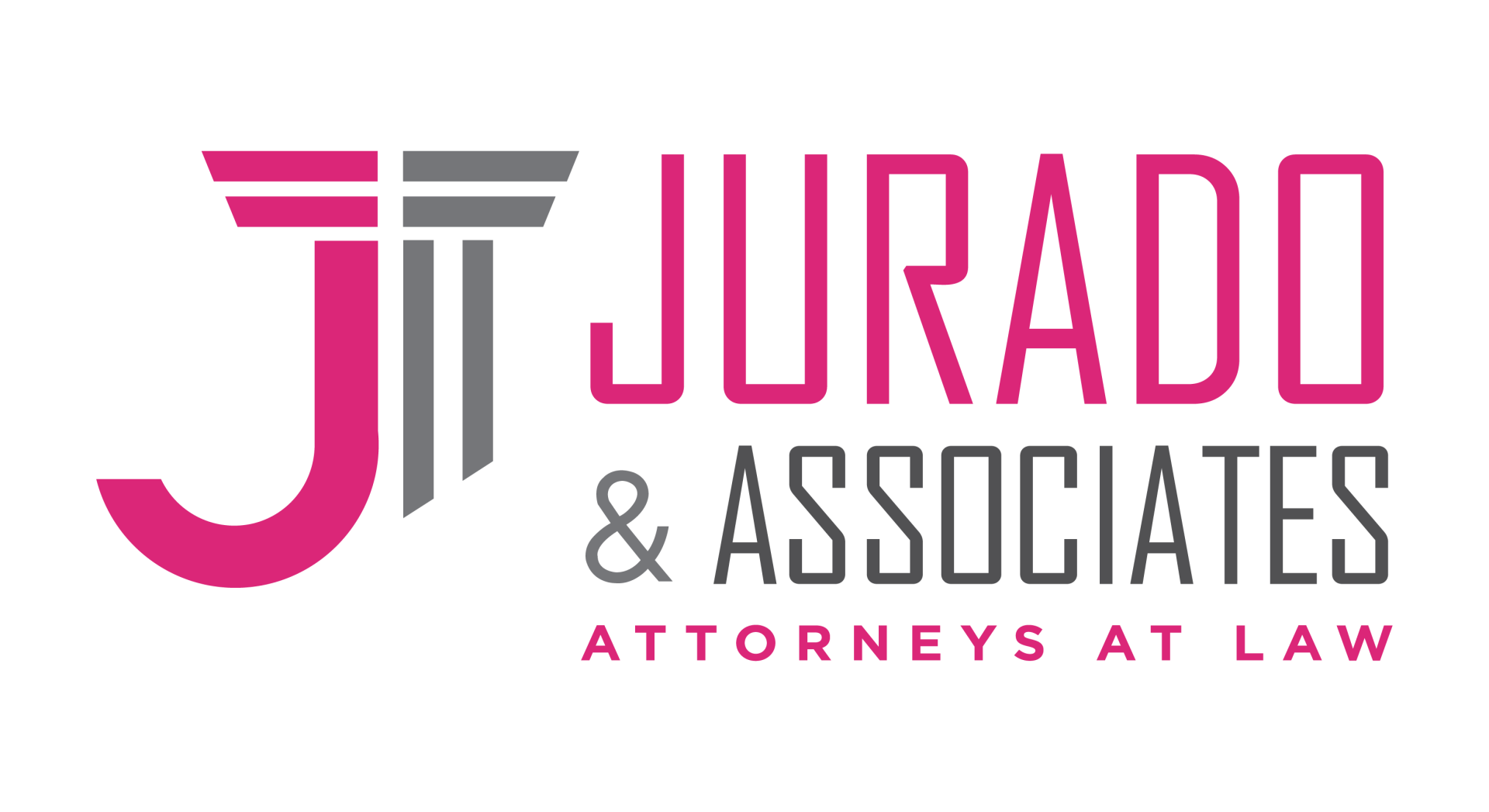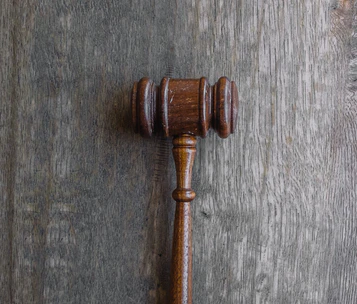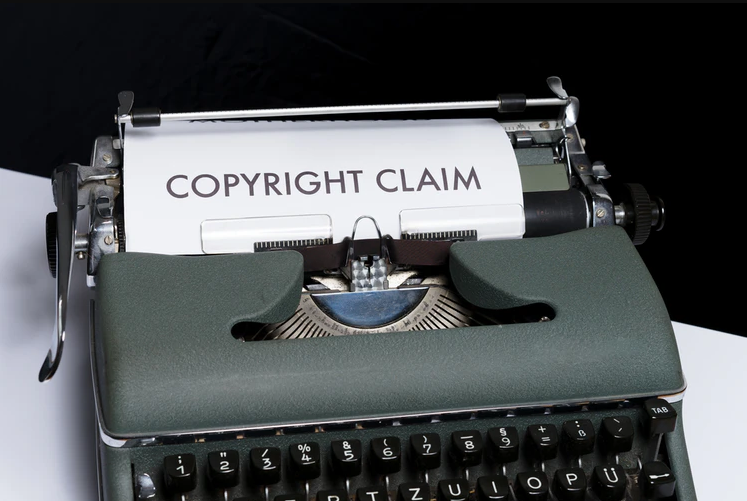In competitive markets like Florida, any company with a strong trademark will have a clear advantage over the competition.
Given that there is no specific requirement that companies must register their mark at the state or federal level, many entrepreneurs neglect this crucial aspect and end up paying the price when they need to enforce trademark law to protect their marks.
In this article, we provide you a guide on how to sue someone for trademark infringement.
Out-of-Court Solution – Cease-and-Desist Letter
In most cases, filing a lawsuit for copyright infringement is not the optimal first move. If you find out that a person or company is using your mark without authorization, you can try to solve it out of the court initially.
Generally, lawsuits are time-consuming, expensive, and demanding procedures. Instead, an optimal first step would be to send a cease-and-desist letter to the trademark infringer, addressing the issue as clearly and directly as possible.
There are cases in which the alleged infringer did not know about a pre-existing trademark, while there are infringers that know about the trademark and try to seize advantages using a third-party’s intellectual property without any authorization.
A cease-and-desist letter must indicate that the infringer has a certain period, typically five business days, to stop using a mark without permission.
Sometimes, a cease-and-desist letter can be ignored by the other party, but it can be used as a piece of evidence in a lawsuit, indicating that the affected party tried to negotiate in good faith with the infringer before filing litigation.
In case you need to write a cease-and-desist letter, we strongly recommend you seek help with an expert attorney.
Filing a Trademark Infringement Lawsuit in Florida – Likelihood of Confusion
If a cease-and-desist letter is ignored, it means the affected party has no other way to reclaim its trademark ownership rights other than sue the infringing party in court.
A foundational aspect of any case involving trademark infringement is the likelihood of confusion caused by the infringing mark.
Given that the purpose of trademark law is to protect consumers, courts are sensitive to the necessity consumers have to correctly identify the origin of purchased goods/services. Hence, courts will consider whether there is a likelihood of confusion between the original mark and the infringing mark.
Additionally, courts evaluate several other aspects before giving their decision. Other factors include:
- the strength of the plaintiff’s mark,
- the defendant’s intent in adopting its mark,
- the geographic area where the parties develop their business’s activities,
- how both parties merchandise their goods/services,
- how both parties market their goods/services, and
- how the goods/services provided by both parties are sold.
Trademark Dilution
The plaintiff can claim that the infringing mark is tarnishing or diluting its original trademark. As provided by federal law, a trademark owner can go to court as a way to prevent a famous mark to be used by anyone who would negatively impact the mark’s strength.
The dilution of a trademark happens when the usage of a mark by an unauthorized person or company weakens its reputation. The term “tarnishment” is used when the usage of a mark affects the reputation of the mark’s quality among consumers.
Plus, the affected part can allege the weakening of its mark through the overuse of it, turning it common among the competition when it should be strongly recognizable.
Notice that the key element to a dilution claim is that the mark must be famous, distinctive, and highly recognizable among consumers. In this sense, the concept of “dilution” applies even if there is no likelihood of confusion among customers about the source of specific goods/services.
For example, consumers would not imagine that a brand called “Apple Fine Cigars” is directly associated with Apple Inc., but this fictitious tobacco company could still be forced to change its name under federal dilution law.
Active Trademark Usage Prevents Infringement
Business owners must be aware that they must be using their trademarks to prevent other parties from using them. Any business that claims the ownership of a trademark cannot stop other parties from using the same or a similar trademark unless it is actively using the trademark.
From a legal viewpoint, actively using a trademark means utilizing it in the marketplace to identify and distinguish the origin of goods and services to customers.
Do You Think You Have a Case of Trademark Infringement? – We Can Help You
A trademark attorney from Jurado & Farshchian, P.L. can help you throughout the process both at the state and federal level.
Waste no time with uncertainty. Get in touch with Attorney Romy B. Jurado today by calling (305) 921-0976 or emailing [email protected] to schedule a consultation.





